Environmental Health Report: Definition, Hazards, and Control Methods
VerifiedAdded on 2022/10/12
|14
|464
|2
Report
AI Summary
This report provides a comprehensive overview of environmental health, beginning with its definition and scope, emphasizing the impact of environmental factors on human well-being. It details various environmental hazards, including physical, chemical, biological, and cultural factors. The report examines control methods, highlighting the importance of air quality, water sanitation, and the management of toxic substances and hazardous wastes. It also explores environmental epidemiology, discussing the study of the effects of environmental exposures on health and disease in the population. The report includes references to relevant literature and emphasizes the role of environmental health in public health sciences, offering insights into the impact of environmental factors and providing a valuable resource for students studying this field.
1 out of 14
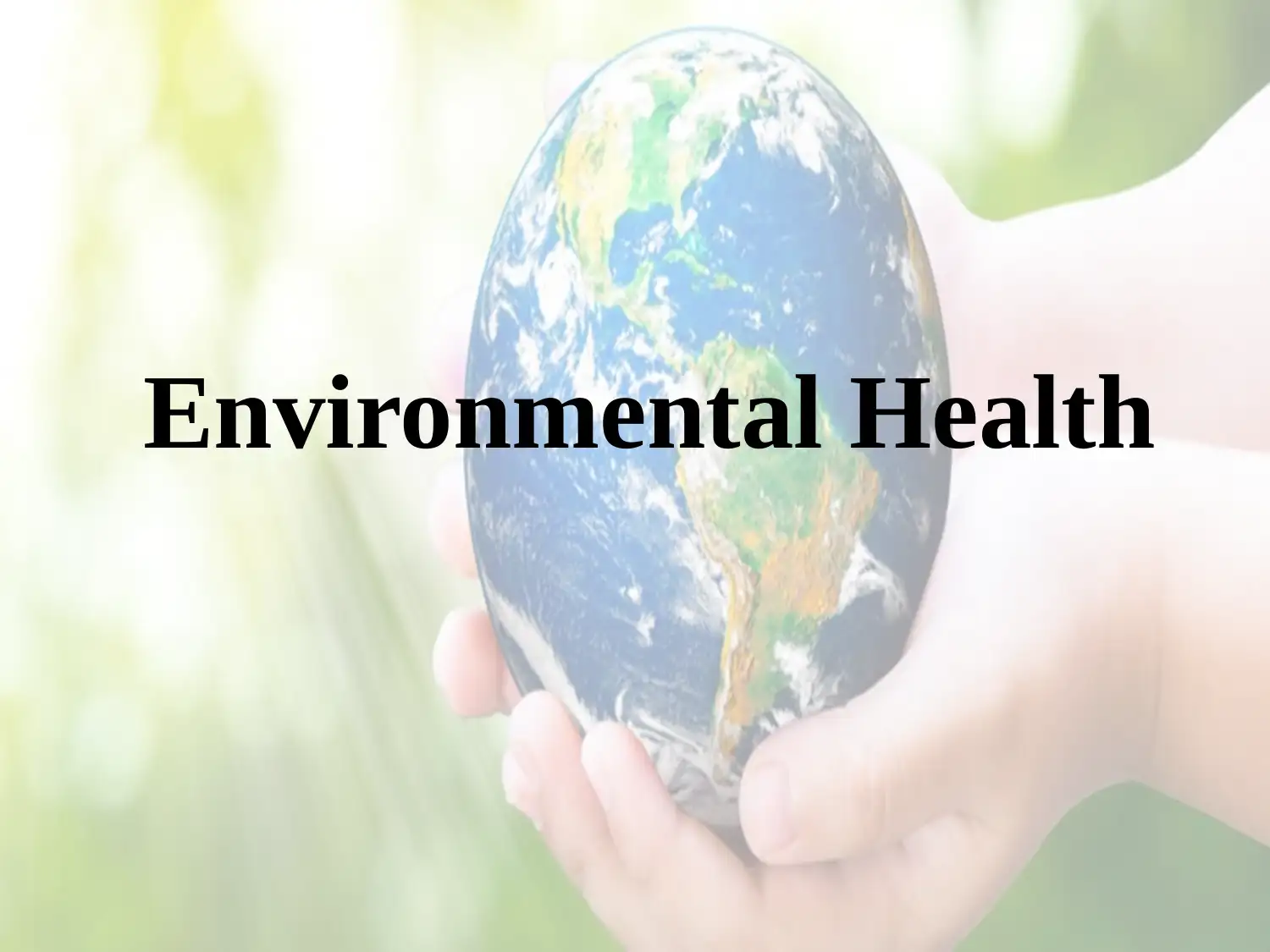
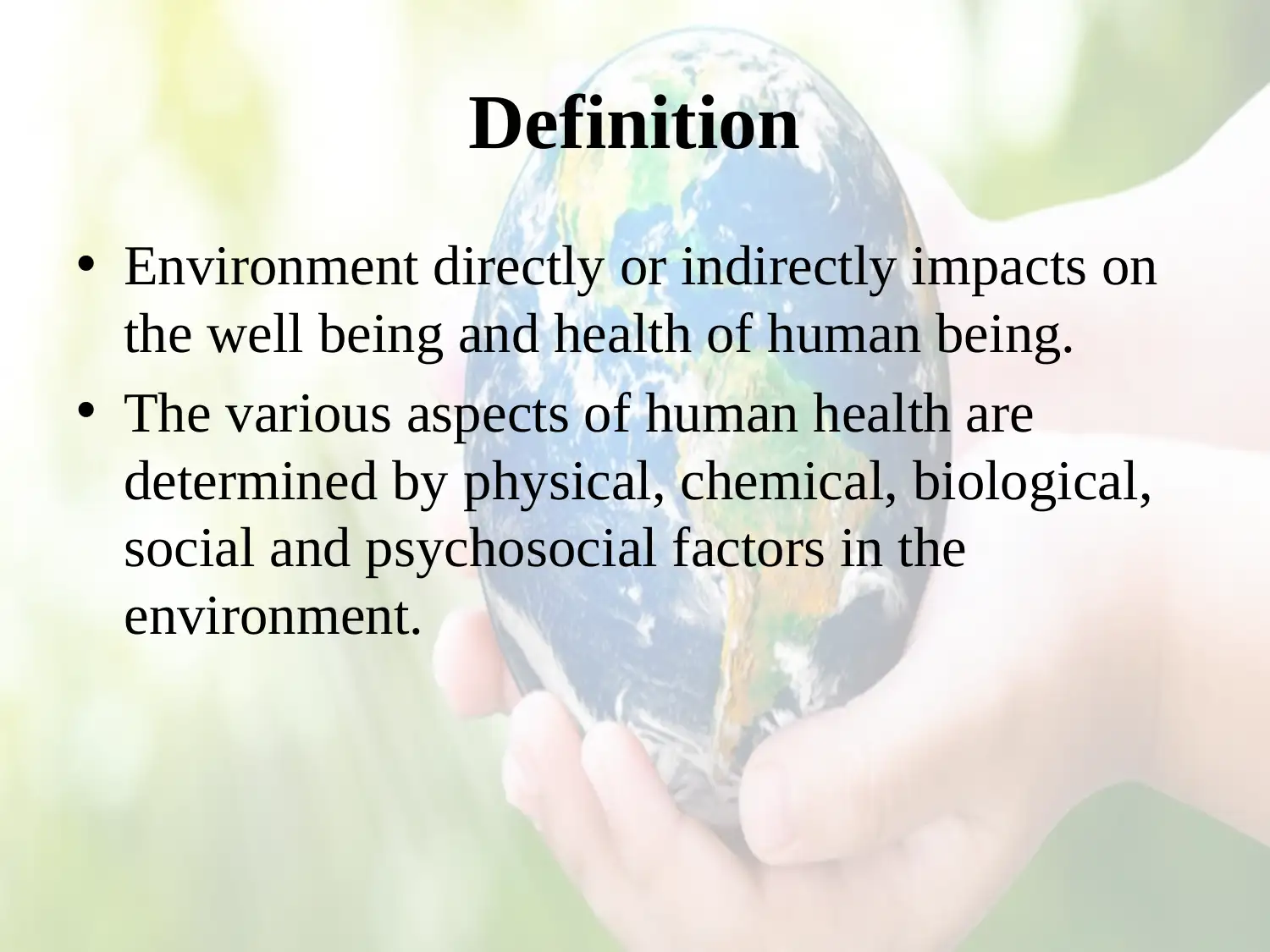
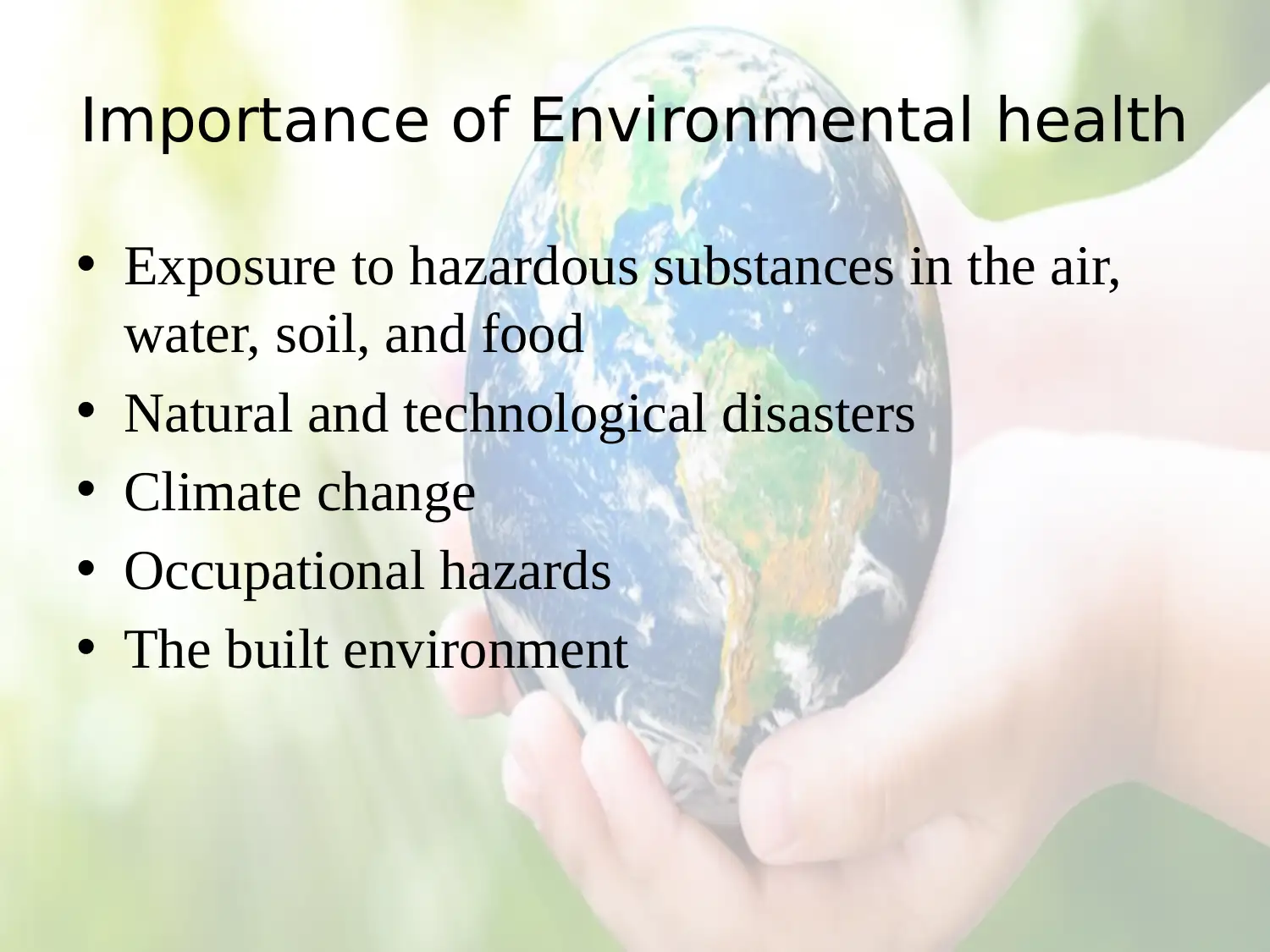

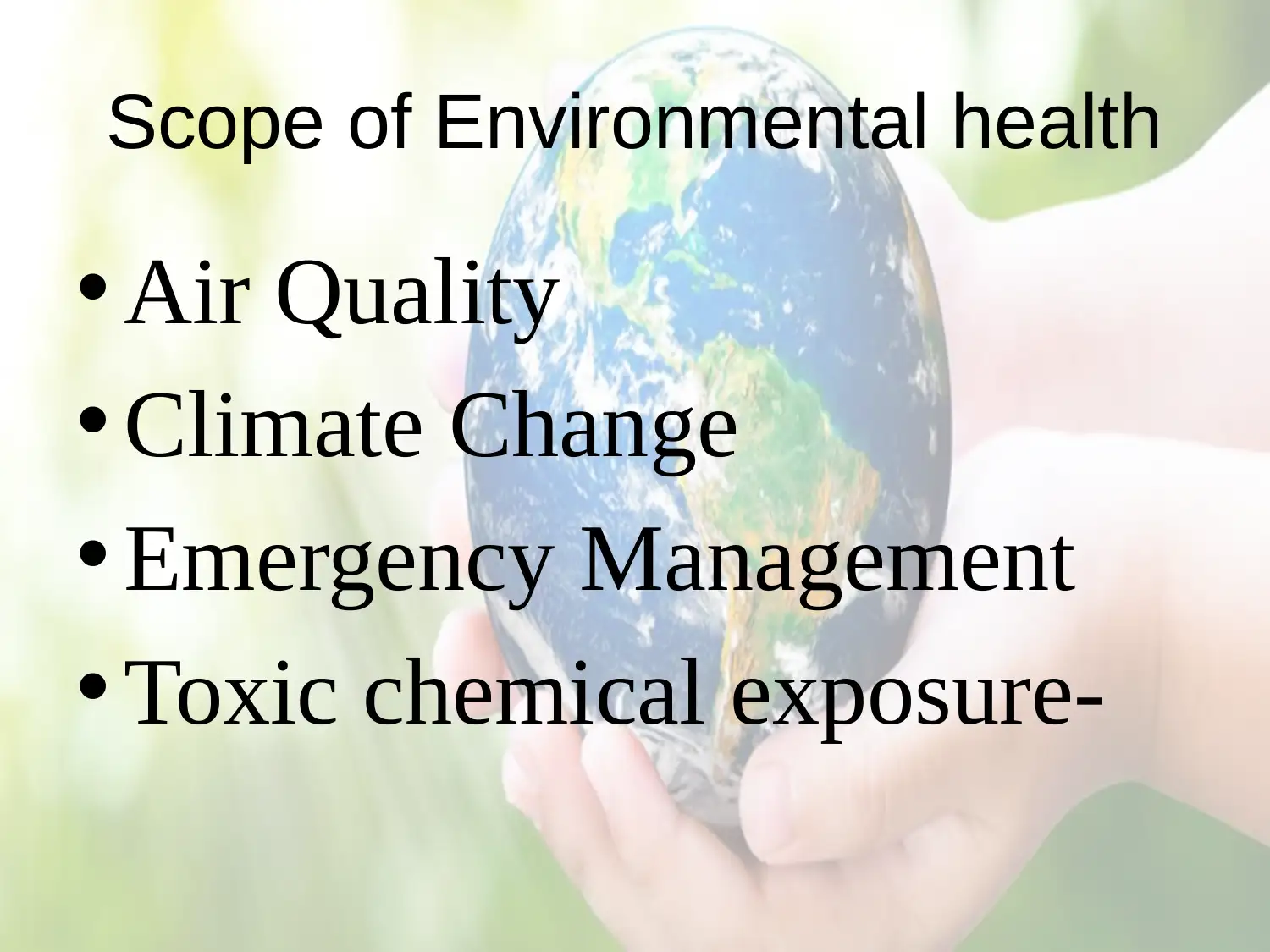
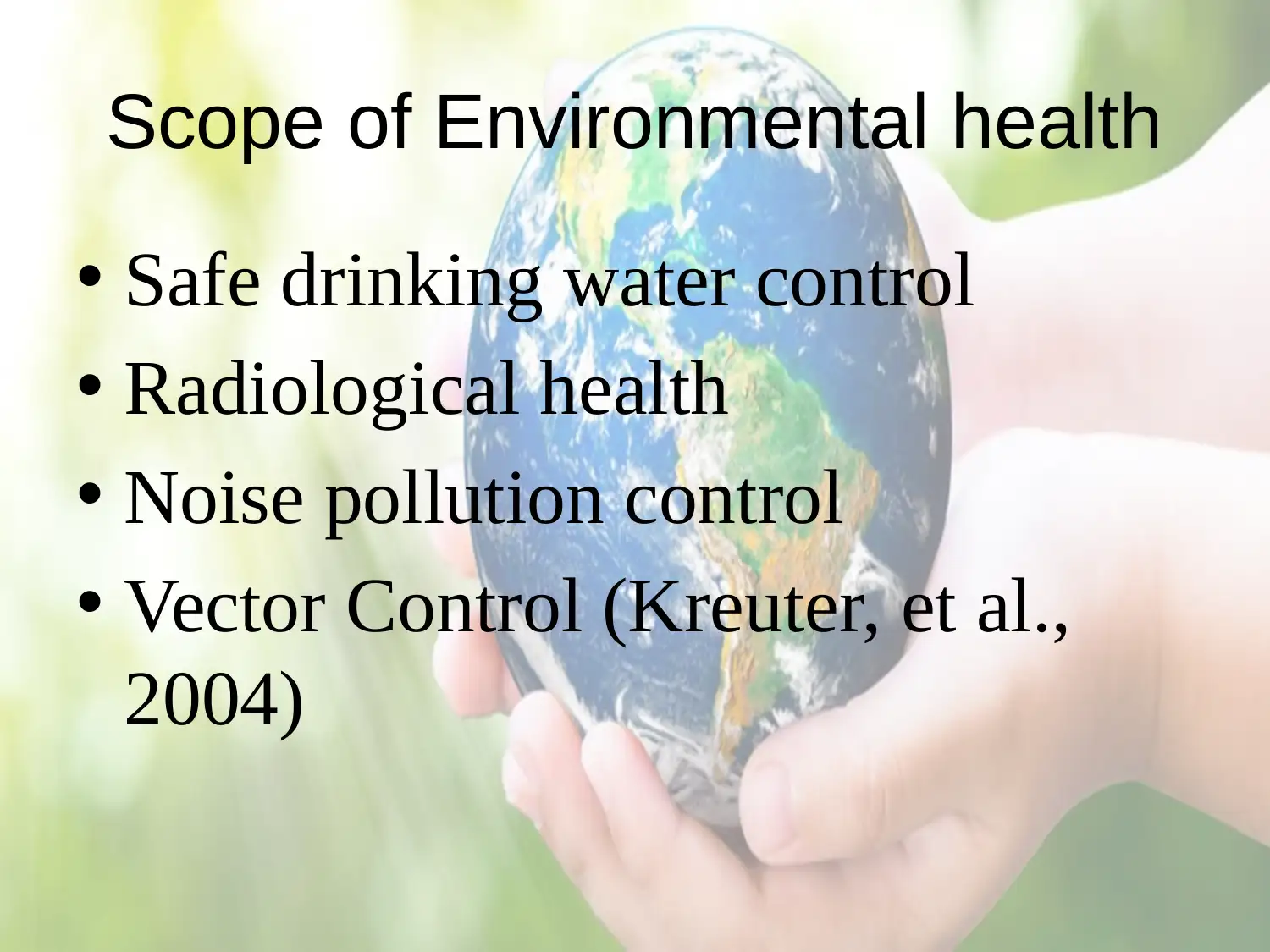
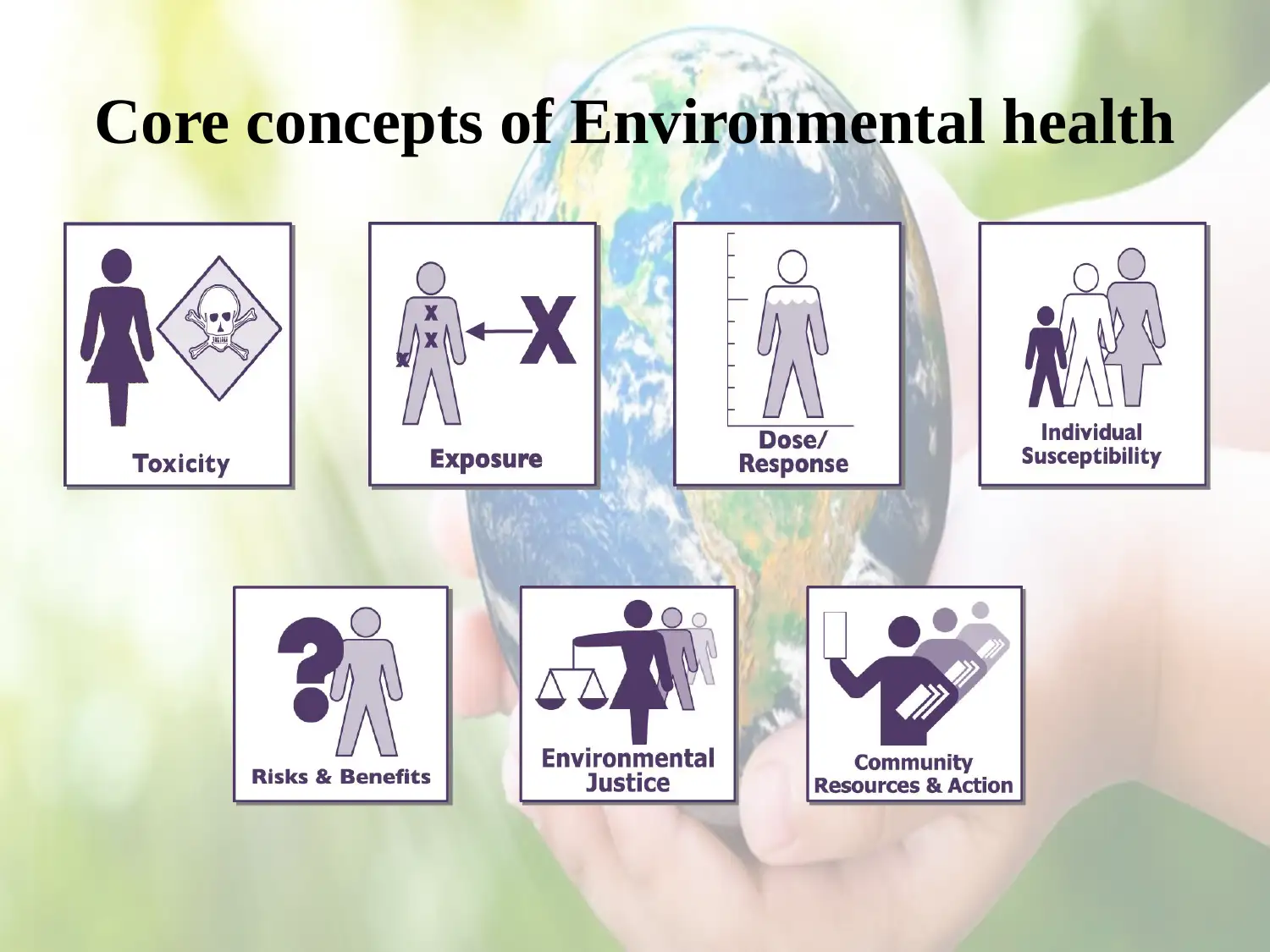
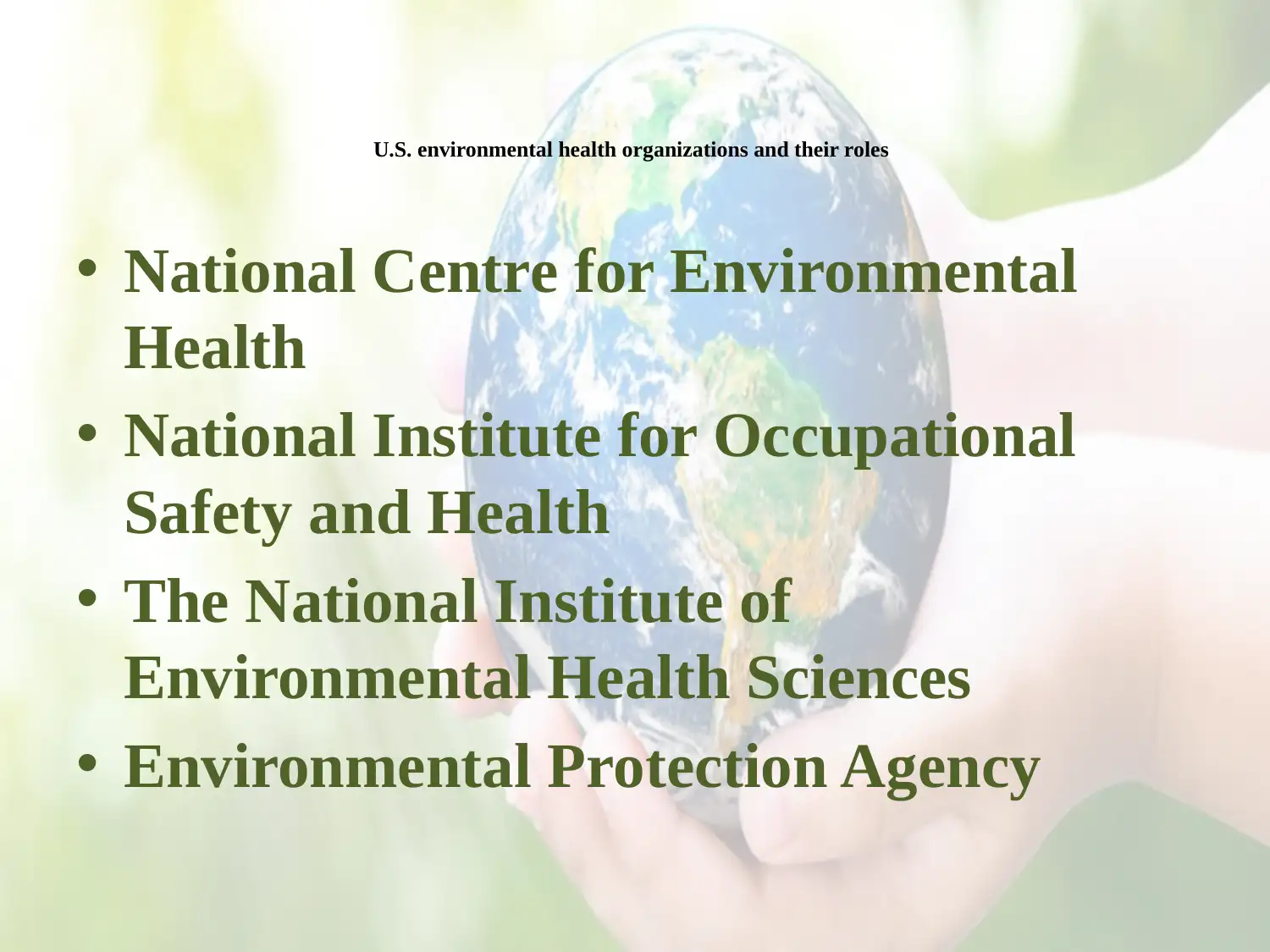
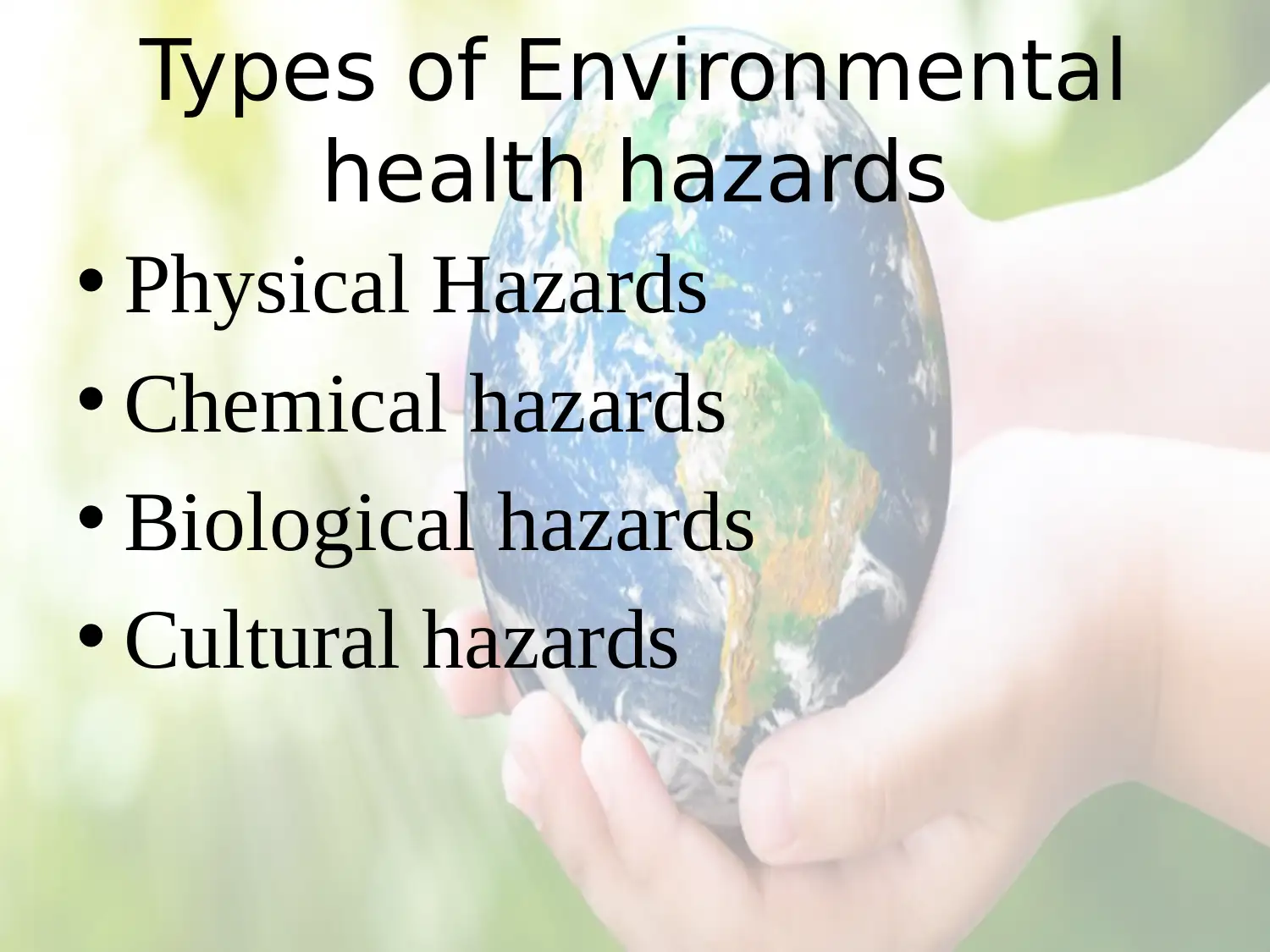
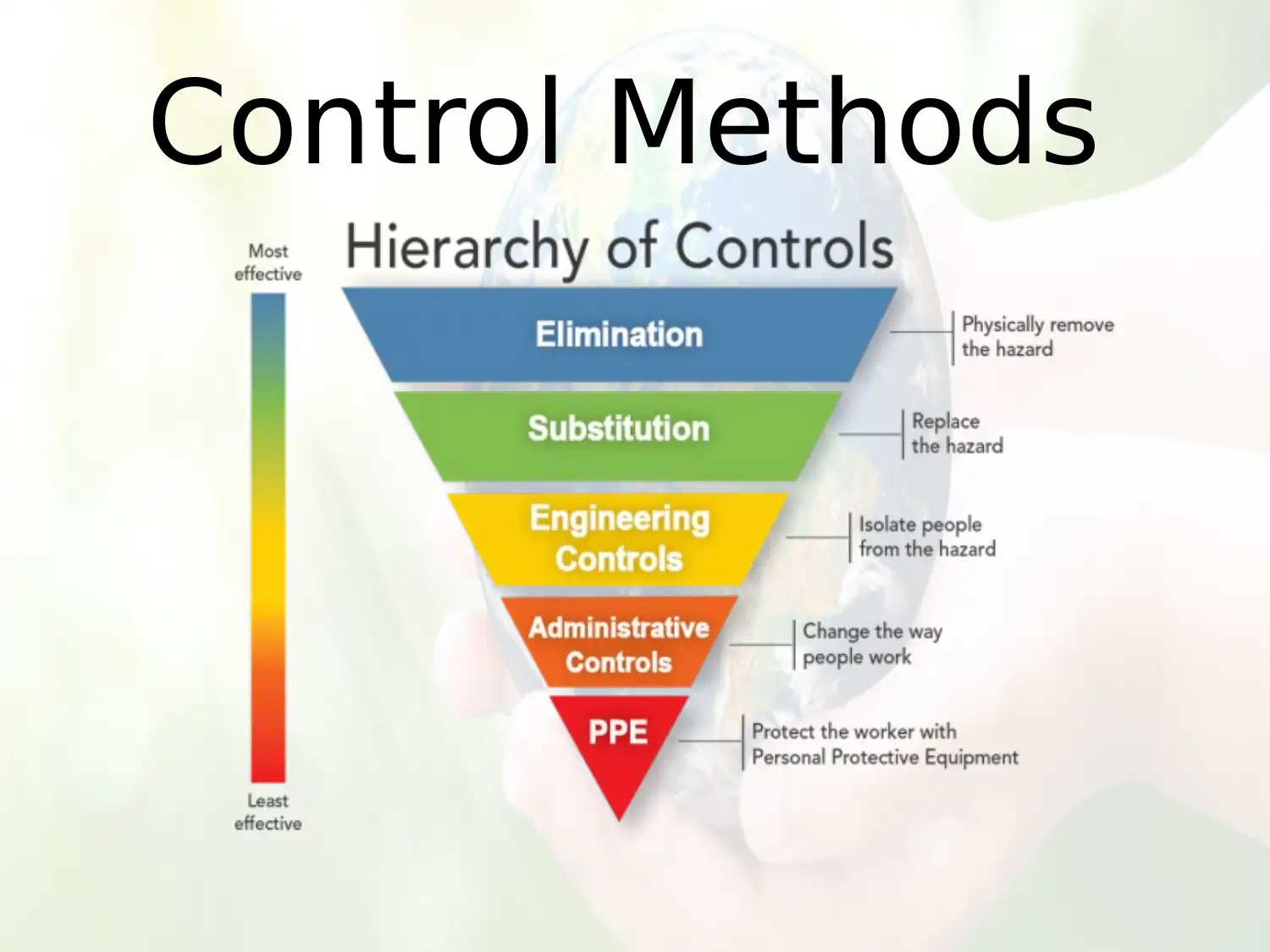
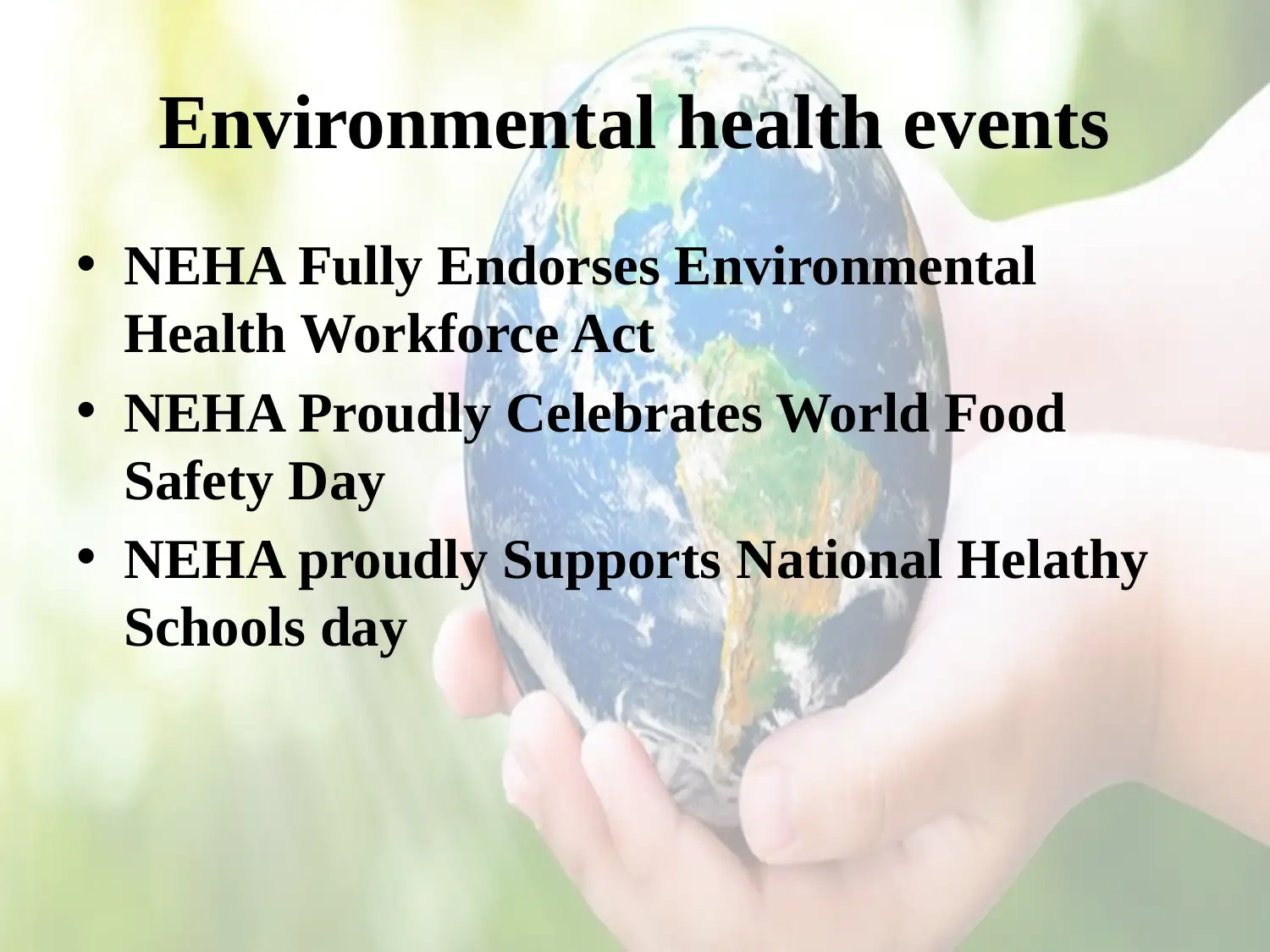
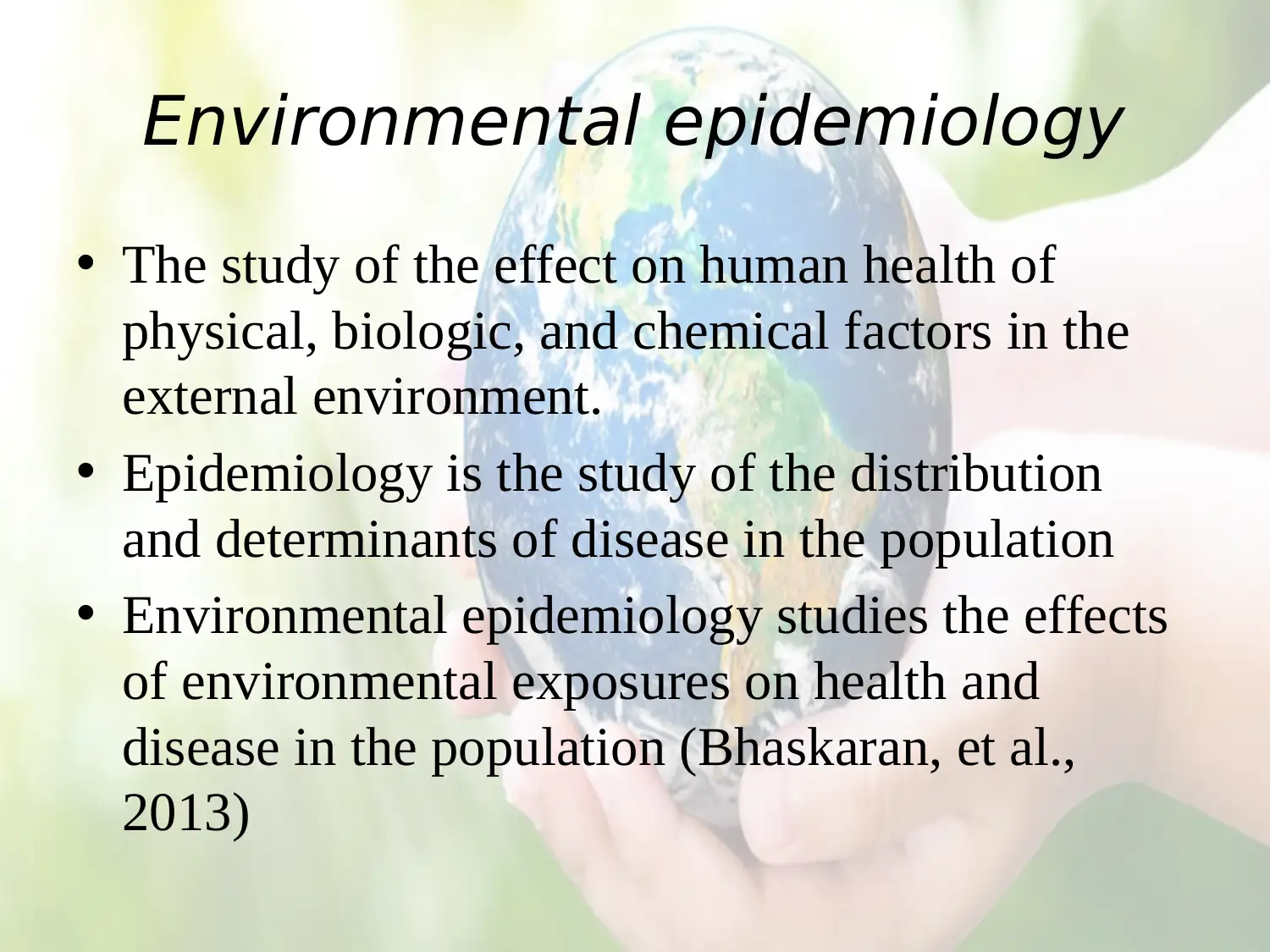
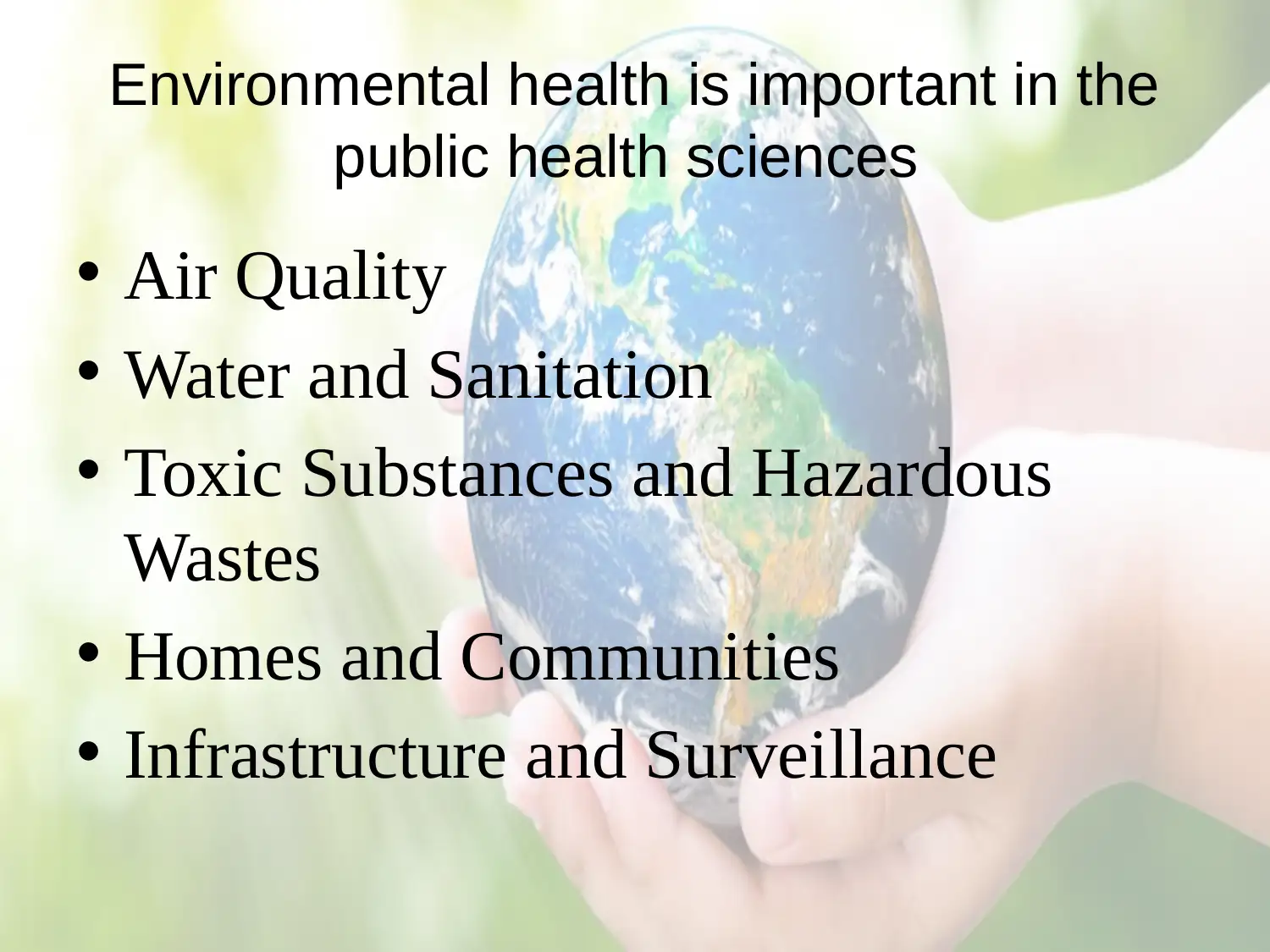






![[object Object]](/_next/static/media/star-bottom.7253800d.svg)